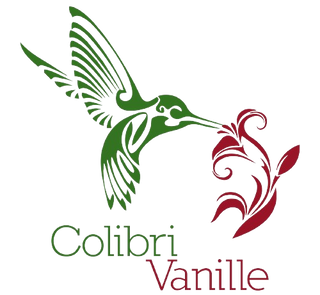Vanilla and men
For 150 years, it was the French colonies that carried the torch for the development of cross-breeding, perfumes, preparation and drying techniques, which even today place them at the forefront of finished product quality.
However, the vanilla world suffered its first major economic shock at the turn of the 90s. Under pressure from the World Bank, to which it owed a great deal of money, Madagascar was forced to give up its price controls, abandoning its vanilla farmers to the merciless control of the world's major flavour producers such as Coca Cola, Nielsen-Massey and Nestlé.
Eventually, control measures were introduced to counterbalance the unbridled capitalism faced by the farmers, and a system of approval and market opening limited to specific dates was put in place.
Only 200 approvals were issued each year to collectors, who soon found themselves, in turn, at grips with the laws of a cruel market. While some made a fortune in the early days by buying vanilla from farmers at low prices and reselling it at high prices, many collectors went bankrupt when prices collapsed, abandoned by their buyers and still holding vanilla bought above the selling price.
Over the past four years, prices have climbed back to a high, flirting with the 600 $ mark in 2018 and rarely falling below 400 $ since. (The going rate in autumn 2019 was around 420 $ per kilo.) The peak is sometimes attributed to a 2015 announcement by Nestlé SA that the company would use only all-natural vanilla in its products instead of artificial flavoring. Other companies followed suit. The actual impact of the decision is the subject of debate.
So, pandemic or not, vanilla prices were about to plummet. Today, almost everyone in the vanilla sector believes that current vanilla prices are here to stay. It now remains for the Malagasy government to better distinguish the minimum price for each quality.

